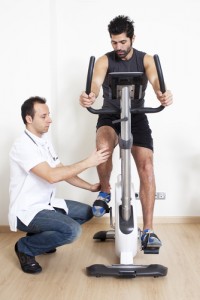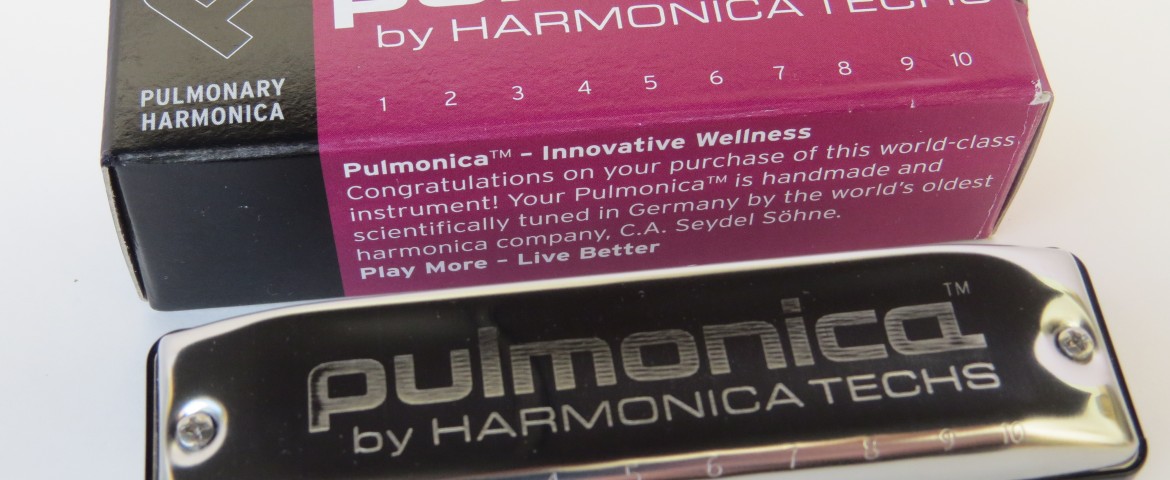Harmonica Techs, Inventors of the Pulmonica, Reveal Survey Results on Effective Treatments for Cystic Fibrosis Patients
Written by |

 During the annual meeting of the American Association of Cardiovascular and Pulmonary Rehabilitation (AACVPR), medical device company Harmonica Techs asked health professionals dealing with cystic fibrosis and other pulmonary conditions if they observed that spirometry improves patients’ lung function through any of the standard interventions. In order to assess lung function, spirometry measures air inhaled and exhaled and the speed of the exhale, and is used to diagnose patients with COPD, asthma, cystic fibrosis and other pulmonary conditions.
During the annual meeting of the American Association of Cardiovascular and Pulmonary Rehabilitation (AACVPR), medical device company Harmonica Techs asked health professionals dealing with cystic fibrosis and other pulmonary conditions if they observed that spirometry improves patients’ lung function through any of the standard interventions. In order to assess lung function, spirometry measures air inhaled and exhaled and the speed of the exhale, and is used to diagnose patients with COPD, asthma, cystic fibrosis and other pulmonary conditions.
A total of 78 health professionals took part in the survey. Of these, 59 said that after pulmonary rehabilitation (involving education, exercise and regular monitoring), spirometry results had improved. “When questioned if they had ever observed spirometry results improve in patients, over three-quarters of these medical professionals said ‘Yes,’” according to Mary Lou Keller, MS, Vice President of Harmonica Techs in a recent press release.
Furthermore, 51 health professionals said that after exercise, spirometry results had improved. It is well established the patients with pulmonary conditions such as cystic fibrosis and COPD frequently avoid exercising, making the lungs and the surrounding muscles progressively weak.
In addition, a total of 43 health professionals said that they noted an improvement in spirometry if patients were taking their prescribed medications. In point of fact, evidence from recent studies showed that patients with pulmonary conditions that use inhalers experienced improved breathing.
[adrotate group=”1″]
 Moreover, in the survey, the researchers found that nearly half of the health professionals said that spirometry results improved when patients were educated in abdominal and pursed lip breathing.
Moreover, in the survey, the researchers found that nearly half of the health professionals said that spirometry results improved when patients were educated in abdominal and pursed lip breathing.
Furthermore, results from the survey revealed that one-third of the health professionals observed improvements in spirometry results after patients underwent anxiety and stress management therapy, while other health professionals observed this improvement after percussive and/or music therapy. From this survey, only a small number of professionals reported to have never observed spirometry results.
“These results are supportive of our own study’s results,” said Mary Lou Keller in the press release “All nine patients improved their pulmonary function after the following program: eight weeks of educational information sessions on proper breathing techniques and the use of their medications; a brief exercise program using stretching, hand weights and chair exercises; medication adjustments, where appropriate; and use of our novel harmonic device, the Pulmonica® Pulmonary Harmonica.”






